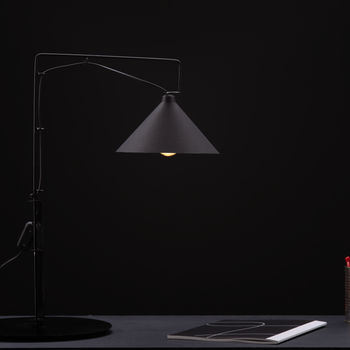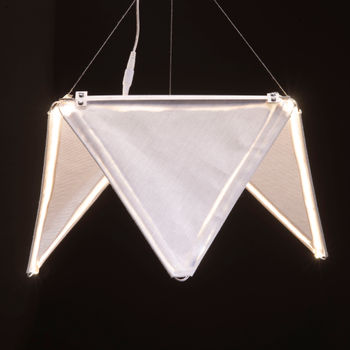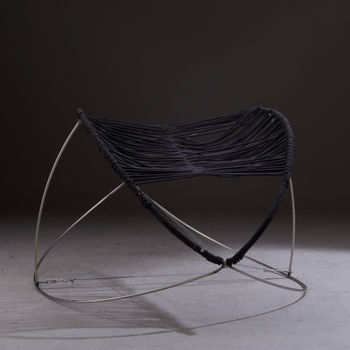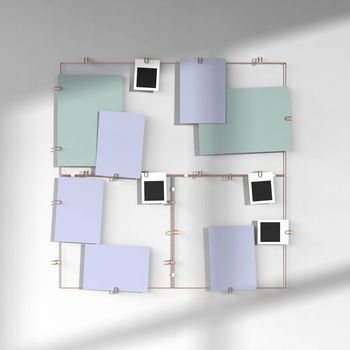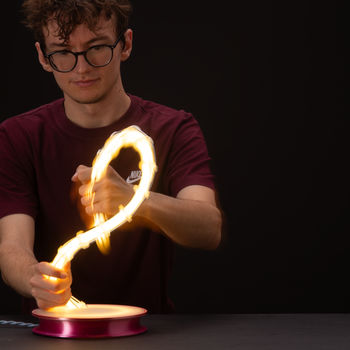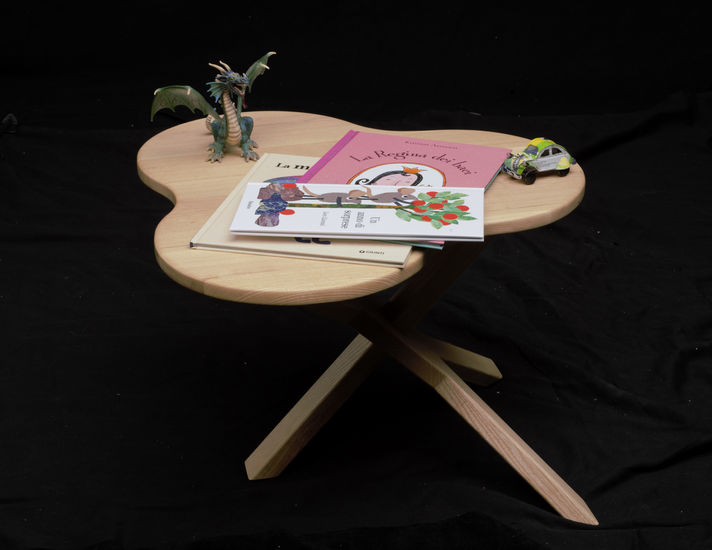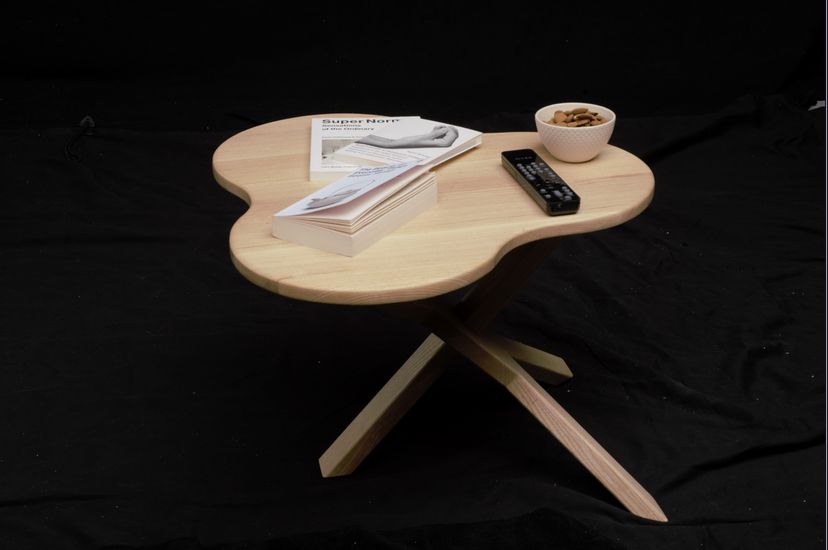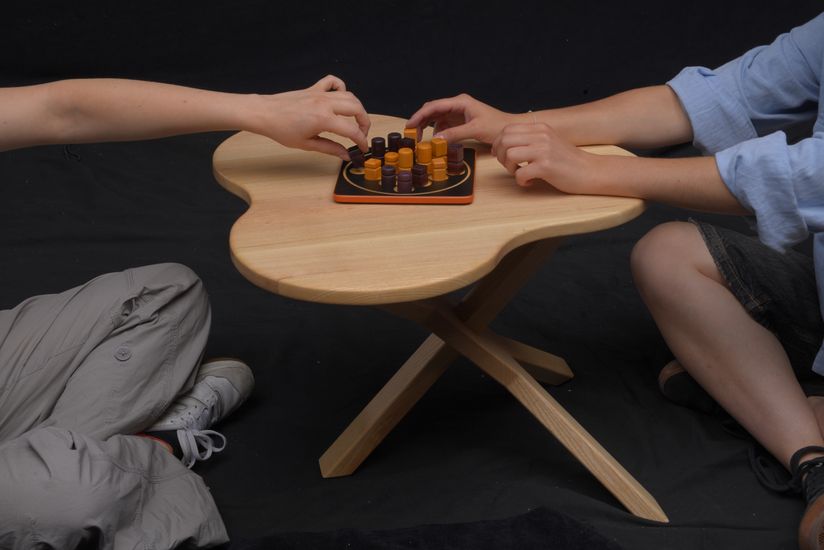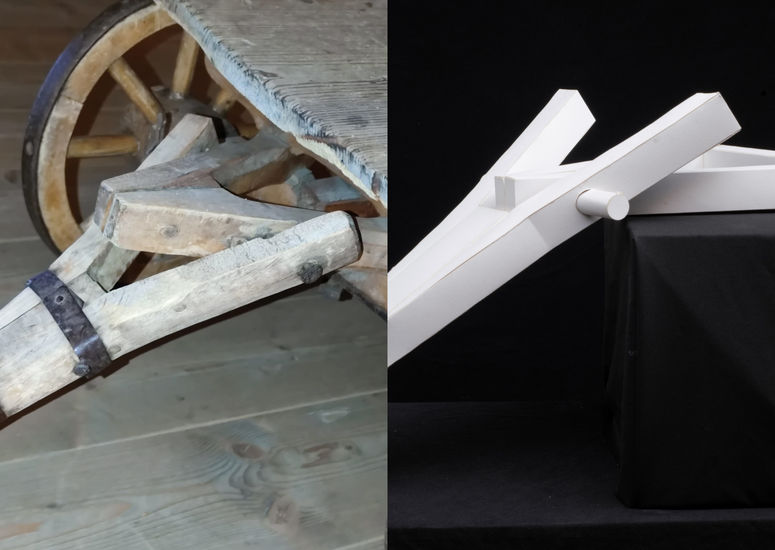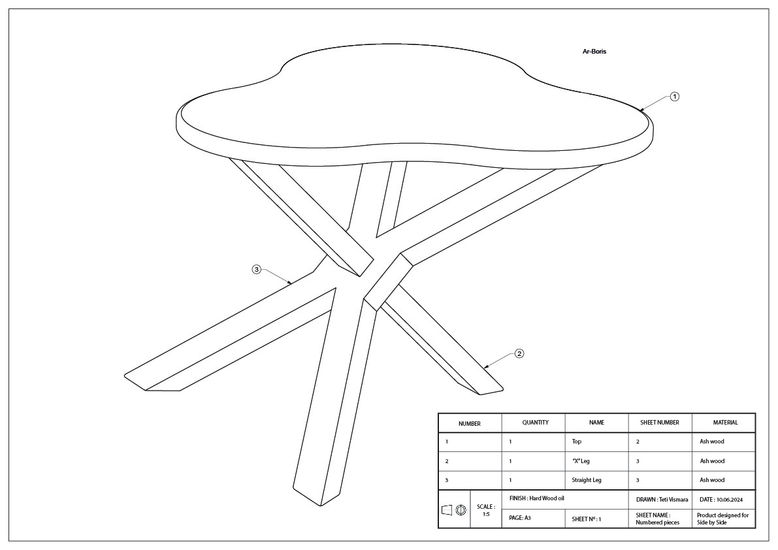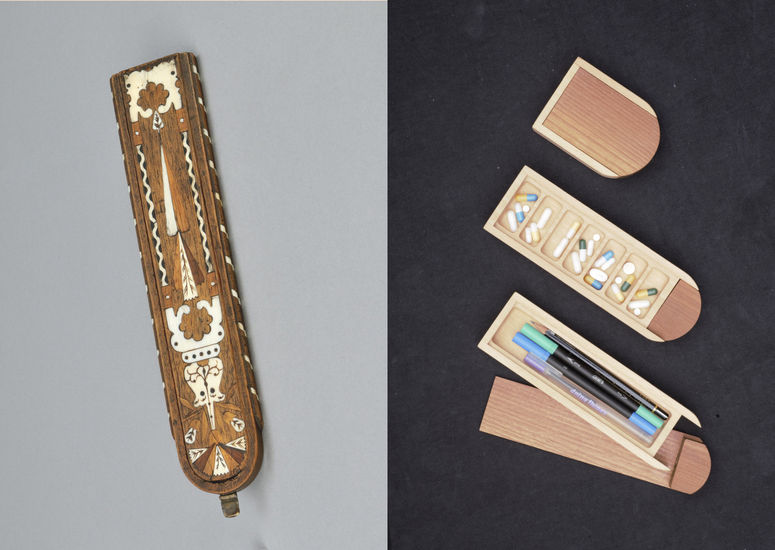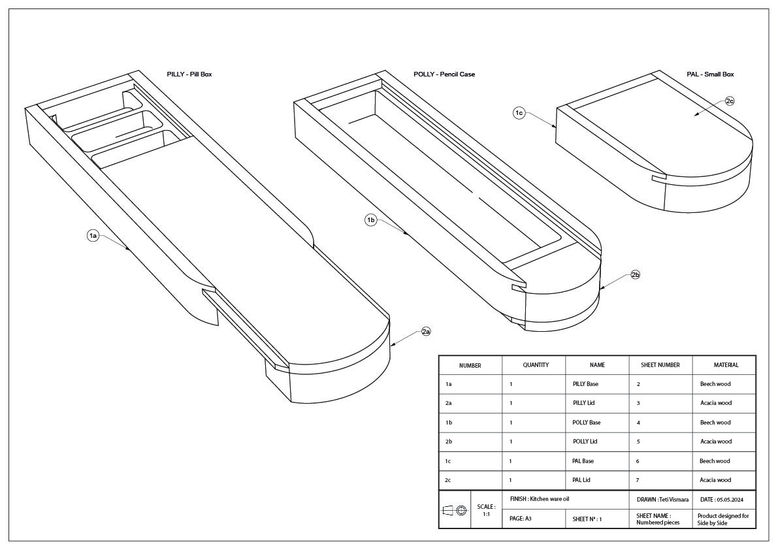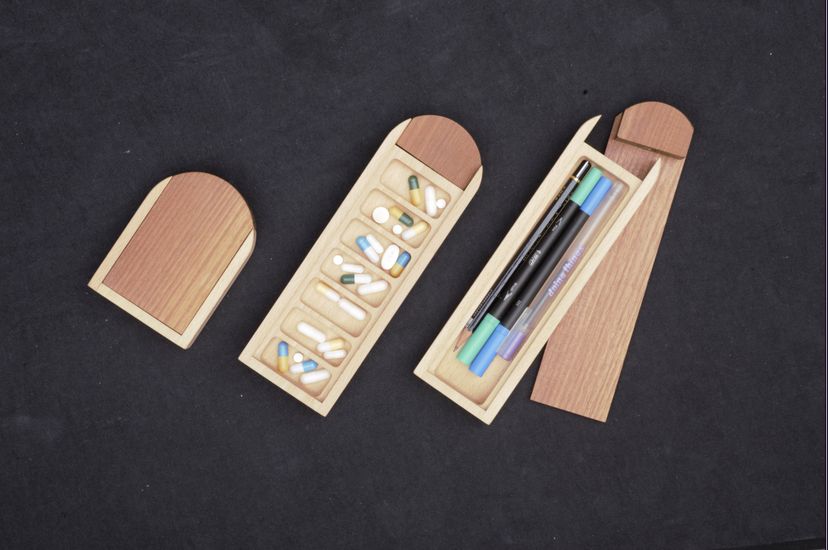ArBoris
Teti Vismara
"In the past, everyday objects were treated with care, with something verging on respect. While this attitude may in part have been a result of the scarcity of goods in past times, I believe it principally resulted from the honest quality of their workmanship and the fact that the more an object was used, the more its beauty became apparent. As our constant companions in life, such objects gave birth to a feeling of intimacy and even affection."- Soetsu Yanagi - The Beauty of Everyday Things
ArBoris
A small table developed from a wagon's axel with a warm and soft appereance. The shape resembles a small tree with the tree trunk (legs) and the tree crown (top). It's assemblable, meaning it can be flat-packed when needed. The two legs interlock one in another.
these features and Its natural look make it versatile and suitable for different spaces and occasions; it works for fun board games, children's bedrooms, next to the couch, to have a nice time with friends...
Pilly, Polly and Pal.
Developed from an antique nutmeg grater is designed to be a warm and evergreen presence in our daily gestures. The more they are carried around by the user the more they become beautiful.
Polly, the pencil case, to be carried in your purse or in your backpack to have the stationery essential also with you.
If you have your pockets full of hair pins, Keys, Coins and you're tired of always losing them then Pal is what you need.
Pilly is the pill box that everyone was waiting for, has 7 scompartments. The lid creates an interface that makes it instantly clear wich day's pill you need to take.
As Found. Design Inspiration from Regional Folk Craft Museums.
